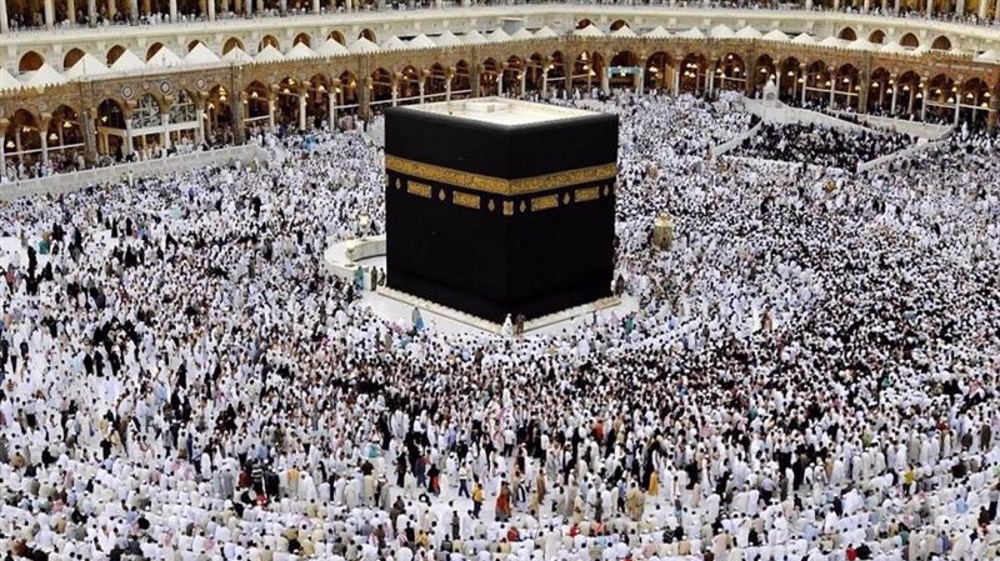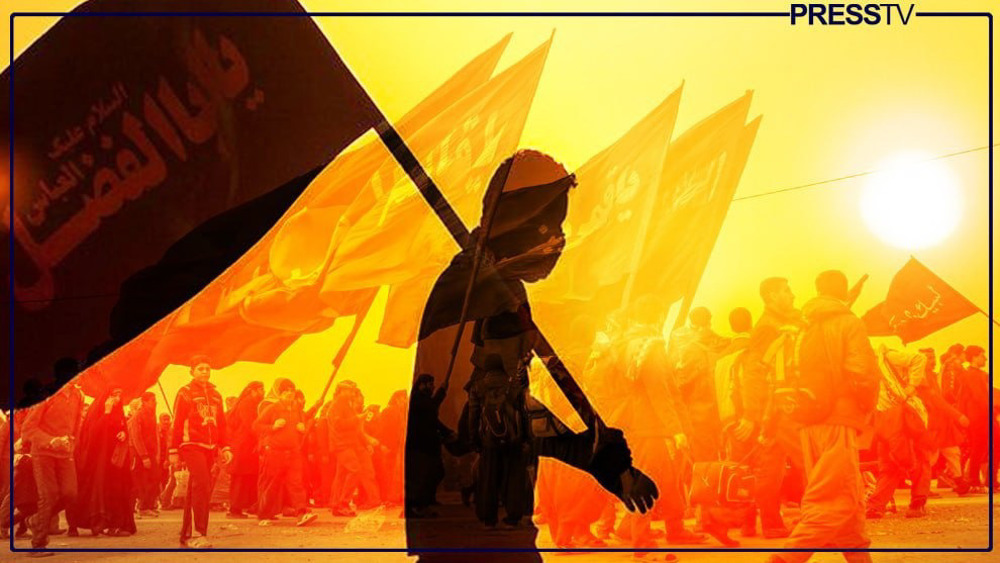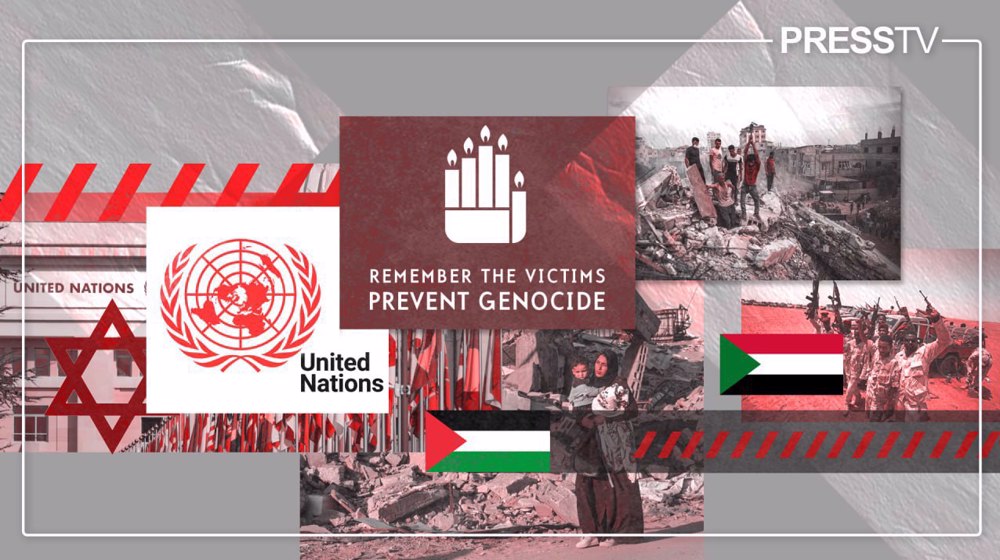Hajj and Arbaeen: What Saudis can learn from Iraqis in pilgrimage management
By Roya Pour Bagher
During this year’s Hajj pilgrimage, over a thousand pilgrims lost their lives due to a scorching heat wave in Saudi Arabia—a country where millions flock every year to carry out the annual Islamic ritual.
In the holy city of Mecca, temperatures soared to a record 125 degrees Fahrenheit, making conditions extremely arduous for pilgrims from various countries, some of whom succumbed to the heat.
Many pilgrims complained about the lackadaisical management of the pilgrimage by Saudi authorities and lamented the lack of proper infrastructure to accommodate millions of foreign guests.
Amid the unbearably scorching heat, pilgrims craved a sip of cold water and shelter as they walked outdoors most of the day. Many lost consciousness and collapsed under the open sky.
Despite being one of the richest countries in West Asia, the mismanagement and apathy of Saudi authorities have been questioned by many international media outlets and rights groups.
Meanwhile, another annual pilgrimage hosted by one of the poorest countries in the region sees millions of participants every year – without any untoward incident.
In recent years, the Arbaeen pilgrimage has attracted significantly more participants than the Hajj pilgrimage, leading many to describe it as the largest public gathering in the world.
The Arbaeen pilgrimage occurs 40 days after the martyrdom anniversary of the Holy Prophet Mohammad’s (PBUH) beloved grandson, Hussain ibn Ali (AS).
Over a stretch of 80 kilometers, amid sweltering heat, a sea of people from all religious and ideological denominations walk in unison as a tribute to the ‘master of martyrs’ who fought for a great cause and immortalized the movement against injustice and falsehood.
They embark on this spiritual journey from the holy city of Najaf, where Imam Hussain’s (AS) father, Imam Ali (AS), lies buried in a magnificent golden-domed mausoleum, towards Karbala, the scene of the tragic incident that took place more than 14 centuries ago.
More than 20 million pilgrims undertook this journey last year, carrying one primary message for the world: never again—a message we hear often but rarely see in action.
Arbaeen is an awe-inspiring global phenomenon that continues to grow and expand in many ways each year, albeit quietly, as Western corporate media has adopted a policy of censorship toward it.
This beautiful and life-changing journey is made possible by ordinary Iraqis from all walks of life who open their hearts and homes to guests from across the world, providing them with food, water, and shelter and making them truly feel at home.
The 80-km stretch from Najaf to Karbala is dotted with tens of thousands of stalls and makeshift shelters where food and drinks are offered to pilgrims for free, just for the love of Hussain (AS).
Last year, temperatures soared past 50 degrees Celsius in Iraq during the pilgrimage, but there were no incidents, no casualties, and no one had to sleep on an empty stomach or under the open sky.
In comparison, a much smaller number of people—around two million—went to Mecca for the Hajj pilgrimage this year under 46-49 degrees Celsius temperature.
This raises a pertinent question: Given Saudi Arabia’s financial and economic clout, massive investments in infrastructure development, and state sponsorship, why did over a thousand pilgrims lose their lives?
How could Saudi authorities not provide essential amenities to these pilgrims and ensure they returned to their respective countries in good condition?
In Iraq, the only cooling systems available are water-cooling kits and misting fans. Yet, there have been very few cases of pilgrims losing their lives due to heat waves over the years.
This has triggered an avalanche of anger and outcry on social media platforms, with netizens raising legitimate questions about the management of the Hajj pilgrimage and comparing the services provided by ordinary Iraqis to Arbaeen pilgrims with those offered by the Saudi government to Hajj pilgrims.
On the one hand, Iraqis host more than 20 million Arbaeen pilgrims each year amid scorching heat without any incident, using simple cooling and misting fans.
On the other hand, we see largely dispersed mist poles and individual Saudi security guards holding something akin to water guns in their hands to help pilgrims beat the heat.
This blatant disregard for the safety and comfort of Hajj pilgrims—who spend tens of thousands of dollars to perform the annual obligatory pilgrimage—has angered many Muslims across the globe.
Considering that at least 1,300 pilgrims lost their lives in this year’s Hajj pilgrimage, it’s important for Saudi authorities to learn from Iraqis the art and science of managing an important pilgrimage.
Roya Pour Bagher is a Tehran-based writer.
(The views expressed in this article do not necessarily reflect those of Press TV.)
Yemen's Ansarullah leader urges Muslim action after Qur'an insult in US
FM: Iran's ‘strategic partnership’ with Russia basis for multilateral order
Iran summons Cyprus ambassador over meddlesome remarks on its islands
Trump orders ‘total blockade’ of sanctioned oil tankers to and from Venezuela
VIDEO | Press TV's news headlines
Iran FM advises adversaries not to repeat past mistakes
VIDEO | The state of conflict in Ukraine
Venezuela protests to UN Security Council over US seizure of oil tanker

















 This makes it easy to access the Press TV website
This makes it easy to access the Press TV website